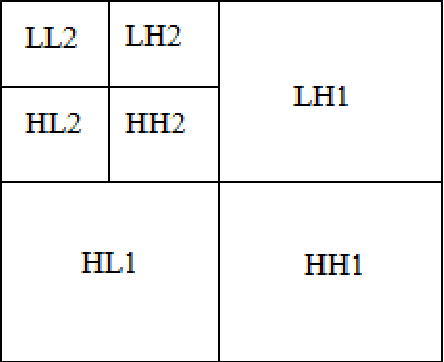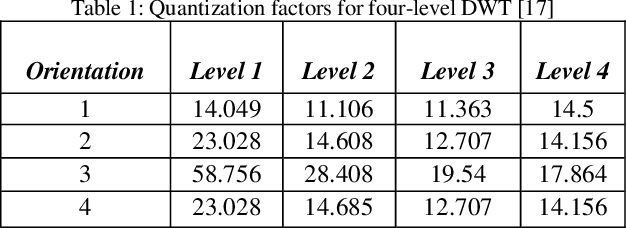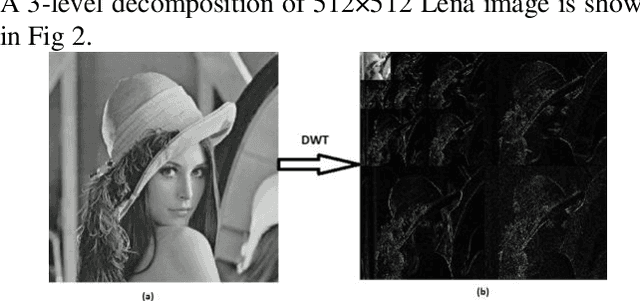Mufti Mahmud
A Model-Mediated Stacked Ensemble Approach for Depression Prediction Among Professionals
Jun 17, 2025Abstract:Depression is a significant mental health concern, particularly in professional environments where work-related stress, financial pressure, and lifestyle imbalances contribute to deteriorating well-being. Despite increasing awareness, researchers and practitioners face critical challenges in developing accurate and generalizable predictive models for mental health disorders. Traditional classification approaches often struggle with the complexity of depression, as it is influenced by multifaceted, interdependent factors, including occupational stress, sleep patterns, and job satisfaction. This study addresses these challenges by proposing a stacking-based ensemble learning approach to improve the predictive accuracy of depression classification among professionals. The Depression Professional Dataset has been collected from Kaggle. The dataset comprises demographic, occupational, and lifestyle attributes that influence mental well-being. Our stacking model integrates multiple base learners with a logistic regression-mediated model, effectively capturing diverse learning patterns. The experimental results demonstrate that the proposed model achieves high predictive performance, with an accuracy of 99.64% on training data and 98.75% on testing data, with precision, recall, and F1-score all exceeding 98%. These findings highlight the effectiveness of ensemble learning in mental health analytics and underscore its potential for early detection and intervention strategies.
Machine Learning Models for the Identification of Cardiovascular Diseases Using UK Biobank Data
Jul 23, 2024


Abstract:Machine learning models have the potential to identify cardiovascular diseases (CVDs) early and accurately in primary healthcare settings, which is crucial for delivering timely treatment and management. Although population-based CVD risk models have been used traditionally, these models often do not consider variations in lifestyles, socioeconomic conditions, or genetic predispositions. Therefore, we aimed to develop machine learning models for CVD detection using primary healthcare data, compare the performance of different models, and identify the best models. We used data from the UK Biobank study, which included over 500,000 middle-aged participants from different primary healthcare centers in the UK. Data collected at baseline (2006--2010) and during imaging visits after 2014 were used in this study. Baseline characteristics, including sex, age, and the Townsend Deprivation Index, were included. Participants were classified as having CVD if they reported at least one of the following conditions: heart attack, angina, stroke, or high blood pressure. Cardiac imaging data such as electrocardiogram and echocardiography data, including left ventricular size and function, cardiac output, and stroke volume, were also used. We used 9 machine learning models (LSVM, RBFSVM, GP, DT, RF, NN, AdaBoost, NB, and QDA), which are explainable and easily interpretable. We reported the accuracy, precision, recall, and F-1 scores; confusion matrices; and area under the curve (AUC) curves.
Deep Learning in Mining Biological Data
Feb 28, 2020



Abstract:Recent technological advancements in data acquisition tools allowed life scientists to acquire multimodal data from different biological application domains. Broadly categorized in three types (i.e., sequences, images, and signals), these data are huge in amount and complex in nature. Mining such an enormous amount of data for pattern recognition is a big challenge and requires sophisticated data-intensive machine learning techniques. Artificial neural network-based learning systems are well known for their pattern recognition capabilities and lately their deep architectures - known as deep learning (DL) - have been successfully applied to solve many complex pattern recognition problems. Highlighting the role of DL in recognizing patterns in biological data, this article provides - applications of DL to biological sequences, images, and signals data; overview of open access sources of these data; description of open source DL tools applicable on these data; and comparison of these tools from qualitative and quantitative perspectives. At the end, it outlines some open research challenges in mining biological data and puts forward a number of possible future perspectives.
A Brain-Inspired Trust Management Model to Assure Security in a Cloud based IoT Framework for Neuroscience Applications
Jan 11, 2018



Abstract:Rapid popularity of Internet of Things (IoT) and cloud computing permits neuroscientists to collect multilevel and multichannel brain data to better understand brain functions, diagnose diseases, and devise treatments. To ensure secure and reliable data communication between end-to-end (E2E) devices supported by current IoT and cloud infrastructure, trust management is needed at the IoT and user ends. This paper introduces a Neuro-Fuzzy based Brain-inspired trust management model (TMM) to secure IoT devices and relay nodes, and to ensure data reliability. The proposed TMM utilizes node behavioral trust and data trust estimated using Adaptive Neuro-Fuzzy Inference System and weighted-additive methods respectively to assess the nodes trustworthiness. In contrast to the existing fuzzy based TMMs, the NS2 simulation results confirm the robustness and accuracy of the proposed TMM in identifying malicious nodes in the communication network. With the growing usage of cloud based IoT frameworks in Neuroscience research, integrating the proposed TMM into the existing infrastructure will assure secure and reliable data communication among the E2E devices.
* 17 pages, 10 figures, 2 tables
Applications of Deep Learning and Reinforcement Learning to Biological Data
Jan 07, 2018



Abstract:Rapid advances of hardware-based technologies during the past decades have opened up new possibilities for Life scientists to gather multimodal data in various application domains (e.g., Omics, Bioimaging, Medical Imaging, and [Brain/Body]-Machine Interfaces), thus generating novel opportunities for development of dedicated data intensive machine learning techniques. Overall, recent research in Deep learning (DL), Reinforcement learning (RL), and their combination (Deep RL) promise to revolutionize Artificial Intelligence. The growth in computational power accompanied by faster and increased data storage and declining computing costs have already allowed scientists in various fields to apply these techniques on datasets that were previously intractable for their size and complexity. This review article provides a comprehensive survey on the application of DL, RL, and Deep RL techniques in mining Biological data. In addition, we compare performances of DL techniques when applied to different datasets across various application domains. Finally, we outline open issues in this challenging research area and discuss future development perspectives.
A Non-Blind Watermarking Scheme for Gray Scale Images in Discrete Wavelet Transform Domain using Two Subbands
Nov 12, 2012



Abstract:Digital watermarking is the process to hide digital pattern directly into a digital content. Digital watermarking techniques are used to address digital rights management, protect information and conceal secrets. An invisible non-blind watermarking approach for gray scale images is proposed in this paper. The host image is decomposed into 3-levels using Discrete Wavelet Transform. Based on the parent-child relationship between the wavelet coefficients the Set Partitioning in Hierarchical Trees (SPIHT) compression algorithm is performed on the LH3, LH2, HL3 and HL2 subbands to find out the significant coefficients. The most significant coefficients of LH2 and HL2 bands are selected to embed a binary watermark image. The selected significant coefficients are modulated using Noise Visibility Function, which is considered as the best strength to ensure better imperceptibility. The approach is tested against various image processing attacks such as addition of noise, filtering, cropping, JPEG compression, histogram equalization and contrast adjustment. The experimental results reveal the high effectiveness of the method.
* 9 pages, 7 figures
 Add to Chrome
Add to Chrome Add to Firefox
Add to Firefox Add to Edge
Add to Edge